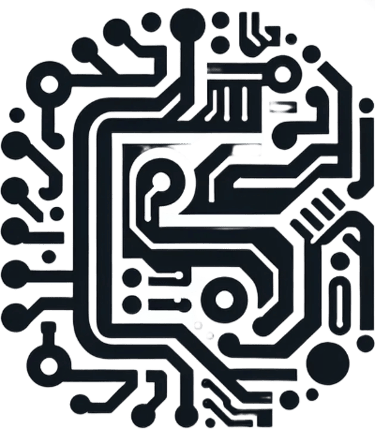Week Three
01.27.25 - 01.31.25
Digital Systems:
Calculus III:
Mathematical Applications in Physics:
Computer Programming:
This week we began chapter 2 in our textbook, Combinational Systems. A definition of combinational systems that will make more sense as we learn more about creating them is this: A type of digital circuit where the output depends only on the current inputs and not on previous inputs. The biggest topics under the umbrella of combinational systems are truth tables, switching algebra, and logic gates.
Sections 11.3 to 12.1
Chapter 6
Truth tables are tables that show all the output of all possible input combinations. A great first step to take in the design process. To construct a truth table, label the input variables and output variables on the top of the table. Then, list all possible input combinations under the inputs. Next, list the desired output for each combination on the respective row under the particular output variable. Each output variable will have 2^n minterms, n being the number of input variables. Minterms represent one specific combination of inputs.
Switching algebra, or boolean algebra, is algebra dealing only with 1s or 0s. There are three operators in switching algebra; AND, OR, and NOT. They are represented as, +, and ' respectively. To say a*b = c, or, ab = c, is to say c = 1 only if a and b both = 1. To say a+b = c is to say that c =1 as long as a or b = 1. To say a' = c is to say that c = the opposite of a; if a = 1, a' = 0.
Logic gates are physical ways to implement switching algebra. An AND gate will have a high voltage output only if all of its inputs have a high voltage, for example.
